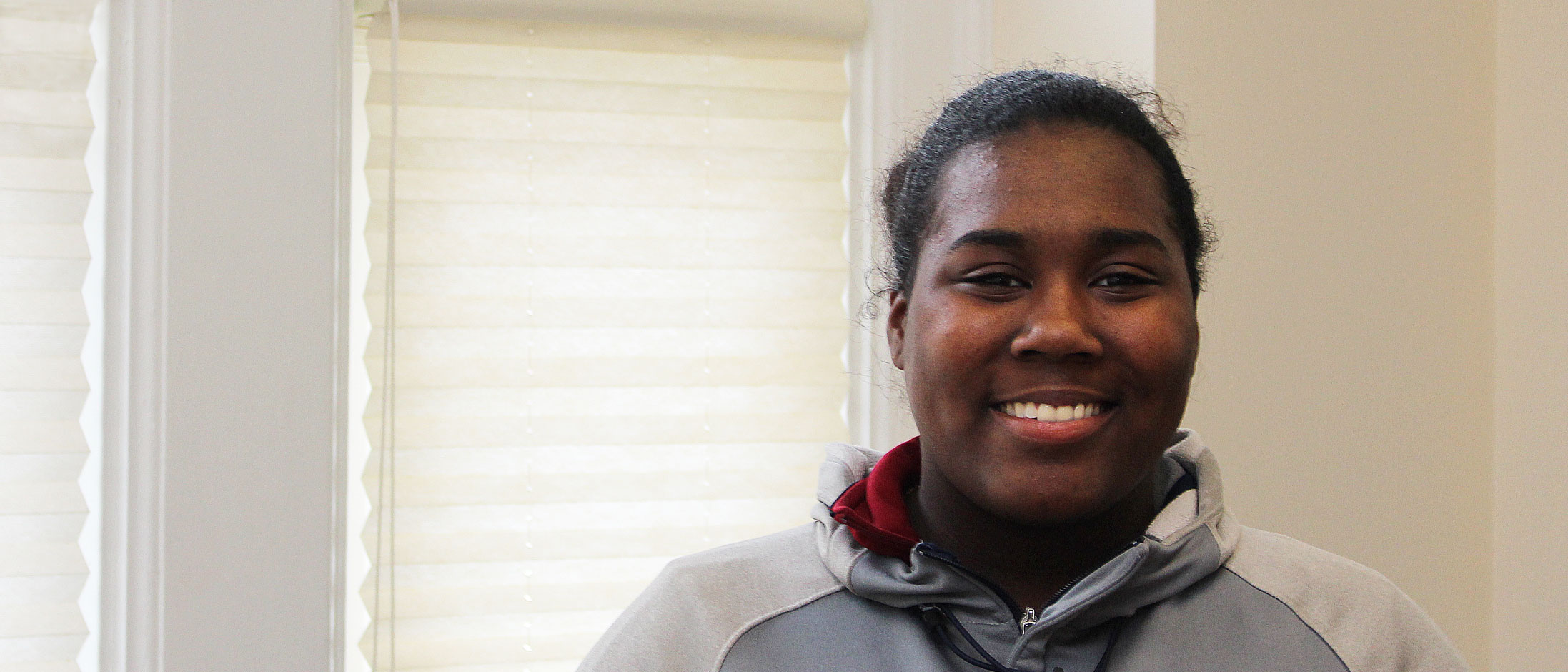Aarick Knighton always planned to go to college, but credits his Say Yes Syracuse (Say Yes) scholarship with “cracking open the door” to more options.
Knighton, a 2011 Corcoran High School alum, used his Say Yes scholarship to study Information Management and Technology at Syracuse University. After graduating, Knighton worked as a social media manager, first for Syracuse.com and later for Syracuse University, before jumping into the political arena this past spring as Mayor Ben Walsh’s campaign manager.
“The initial push that Say Yes gives is invaluable, it really is,” Knighton said.
Say Yes to Syracuse provides fully endowed last-dollar tuition guarantee scholarships to all eligible Syracuse City School District (SCSD) students. Beyond the financial support it also provides families with academic support specialists, access to mental health clinics and legal services designed to help mitigate the systemic barriers to higher education. The SCSD graduation rate increased by 26 percent over the past ten years from 45 percent in 2010 to 71 percent in 2020.
The 2020 graduation rate of Black, Latino and Asian students in the Syracuse City School District (SCSD) met or exceeded that of White students, signaling that the program is helping students break through challenges historically caused by systemic racism.
Knighton said Say Yes provided financial flexibility that he is still experiencing, five years after he graduated from Syracuse University.
“The financial relief—that one less payment a month, the thousands of dollars less in debt—it provides flexibility as we build our young lives, as we move, have families, establish careers,” Knighton said. “I am super grateful to Say Yes for that, and I know my classmates are, too.”
Ahmeed Turner, Say Yes Syracuse’s Executive Director, explained that the foundation of Say Yes is rooted in the economic revitalization of Central New York. Its mission is to provide opportunities for young people to gain a meaningful career and to make a positive impact on the community.
Since the fall of 2009, 4,900 Say Yes students have enrolled in 2 and 4-year colleges (public and private). In July 2020, the Central New York Community Foundation joined forces with Say Yes to continue its support of local students.
“In my opinion, Aarick embodies all of what Say Yes stands for; he took advantage of the tuition guarantee, and he stayed here,” Turner said. “He’s always had this sense of civic responsibility and I think the scholarship emboldened him to be more active in the community.”

